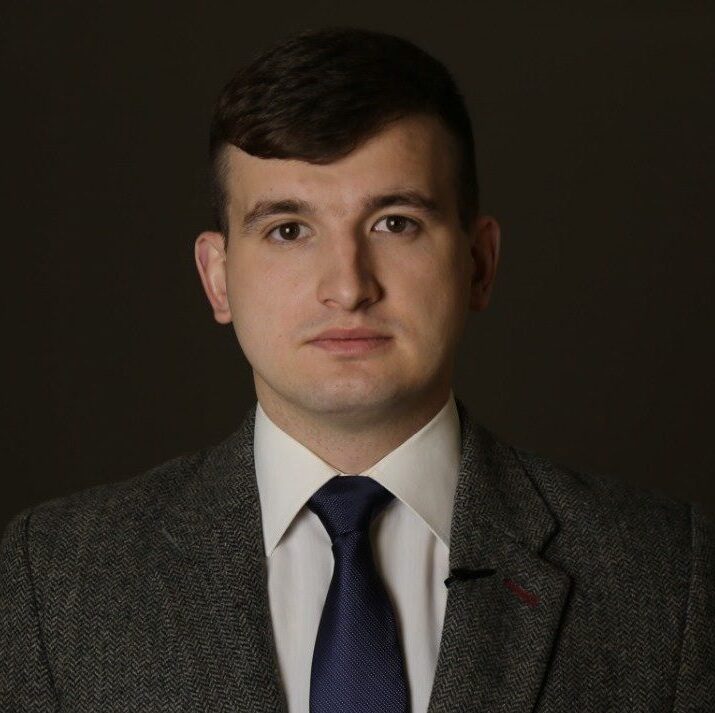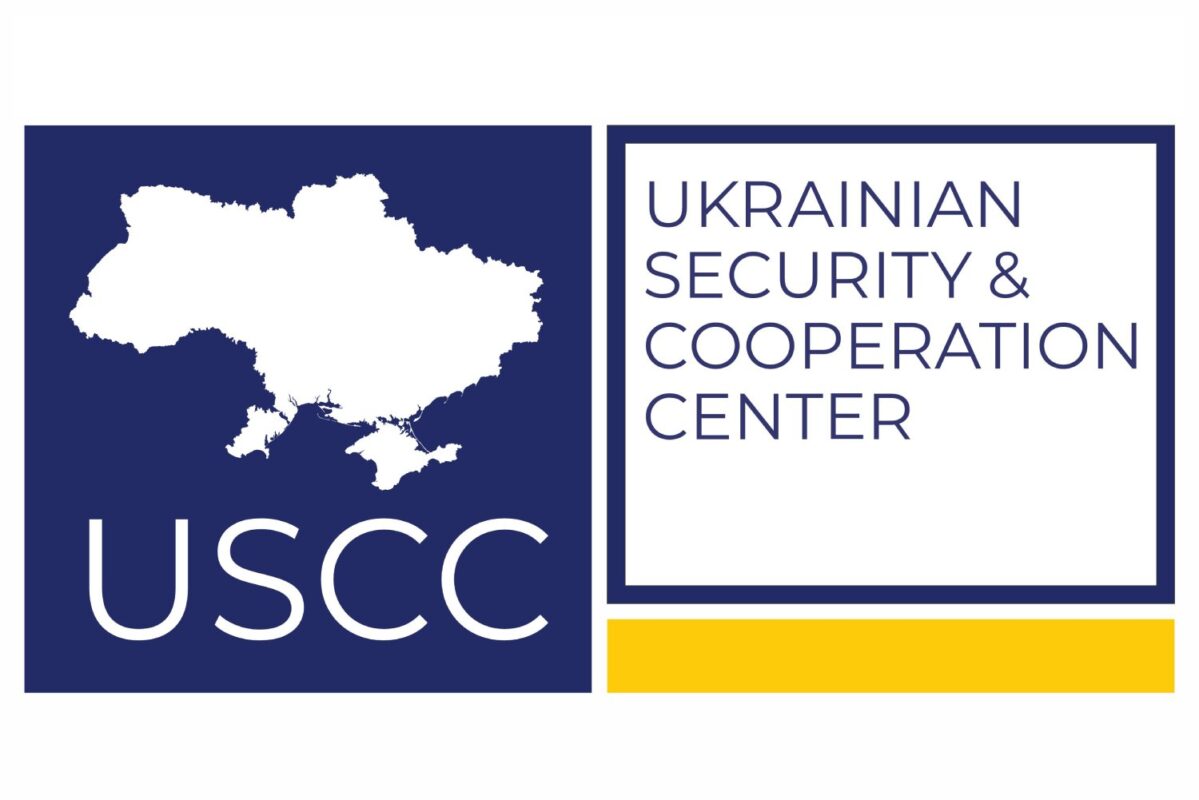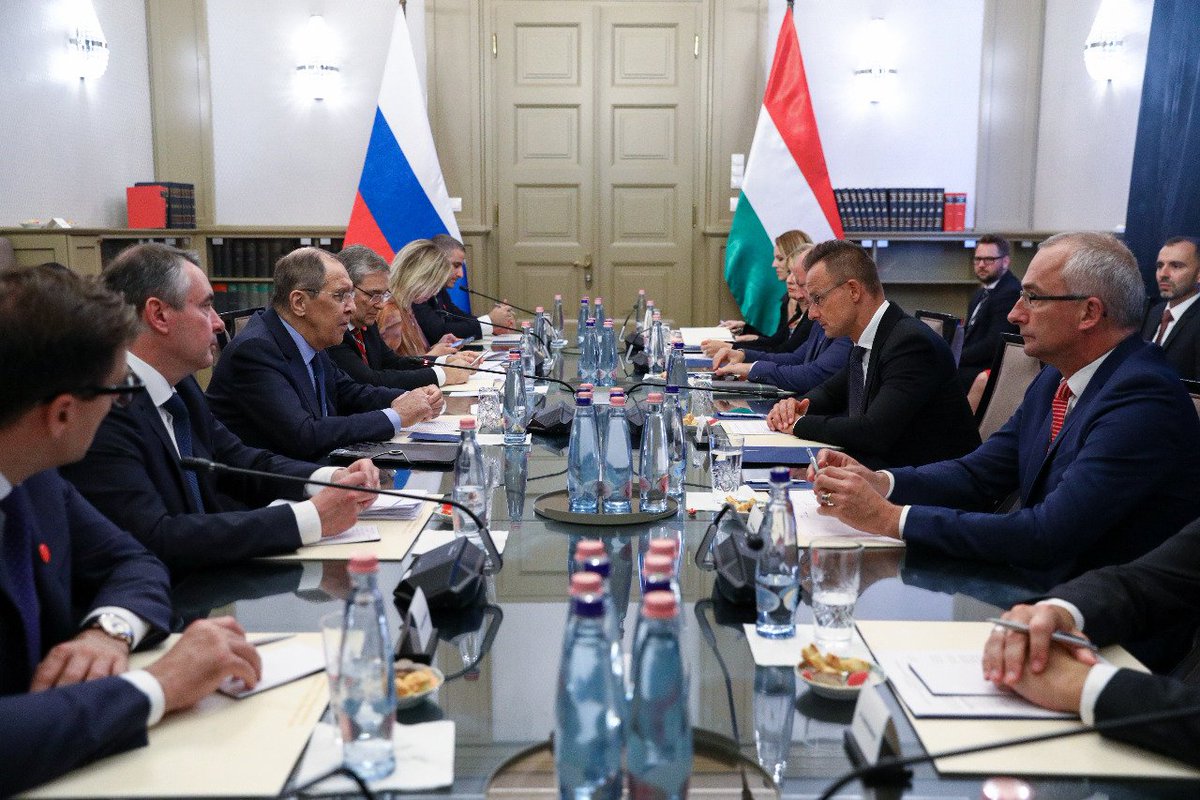
Dmytro Zhmailo, co-founder of the Ukrainian Security and Cooperation Center
The agreement of Berlin and Washington with Moscow on implementing the Nord Stream 2 project this fall has jeopardized the security not only of Ukraine but of the whole of Europe. And the leaders of the Old World have already felt the first fruits of this step.
The Kremlin inspired another gas crisis on the eve of the heating season, as a result of which the price of “blue fuel” reached record levels.
Therefore, the gas agreement between Hungary and Russia seems natural against the background of calls in the Hungarian media for the country’s withdrawal from the EU, but once again makes us think about the vitality of Euro-Atlantic institutions.
Way to Hungexit
Hungarian Prime Minister Viktor Orbán has gradually established an authoritarian regime in the country since coming to power in 2010. With the onslaught of Russia’s armed aggression against Ukraine in 2014, Orban issued ultimatums to the Ukrainian authorities to grant dual citizenship and “collective rights” to “autonomy” to the Hungarians of Zakarpattia. Since then, the Orbán government has consistently called for the lifting of sanctions imposed on Russia for the occupation of Crimea, parts of the Donetsk and Luhansk regions, explicitly stating that “sanctions against Russia are not a sensible policy”. Even during the meeting of the Visegrad Four (regional units of the Czech Republic, Poland, Slovakia, and Hungary) in April this year, Budapest blocked a tougher statement criticizing the Kremlin. Since the beginning of the pandemic, the Orban government was the first in the EU to approve the use of the Russian Sputnik V vaccine, the effectiveness of which has not yet been proven.
By the way, Orban demanded to lift sanctions not only from Russia but also from Belarus. The latter’s self-proclaimed president, Alexander Lukashenko, recently even suggested Orban “fight together for family values”.
Moreover, this year Orban, along with Putin and Lukashenko, entered the list of “enemies of the press”, according to the credible organization Reporters Without Borders. The Prime Minister of Hungary has become the only leader of the EU member state on this list. And the recent pro-government Magyar Nemzet (Hungarian Nation) newspaper came out with a provocative headline entitled “It’s time to talk about Hungexit” (by analogy with Britain’s Brexit), directly calling for the country’s withdrawal from the European Union. This publication has often been used by the Hungarian government to measure public sentiment on certain irritating issues.
In response to Budapest’s centrifugal efforts, Luxembourg’s Foreign Minister Jean Asselborn said the EU should hold a referendum on Hungary’s future membership. However, the general stance of united Europe has remained sluggish.
Gas “victory”
In late August, Hungarian Foreign Minister Peter Szijjarto announced the approval of a long-term gas agreement with Russia. The new agreement with Gazprom is scheduled for 15 years with the possibility of changing the volume of gas purchases in 10 years. And it will be signed by the end of September this year.
Prior to the approval of the new contract, Russian gas supplies to Hungary were made in two directions – through Berehove on the Ukrainian-Hungarian border (almost the entire main flow) and Baumgarten on the Slovak-Austrian border. In 2020, Moscow supplied Budapest with 8,637 billion cubic meters of gas, and in 2019 – with 10,522 billion. In the first half of this year, deliveries amounted to 3,909 billion cubic meters.
Now Gazprom has to pump 4,5 billion cubic meters of natural gas to Hungary annually through two routes: 3,5 billion cubic meters through Serbia and 1 billion through Austria. That is, bypassing Ukraine, the Turkish Stream gas pipeline, and its overland extension through the territory of Bulgaria, and then through Serbia and Austria, respectively. The new agreement actually covers half of Hungary’s needs. The question is open how another share will be delivered and what will be Ukraine’s role in this process.
“We have also agreed on a price that is much more favorable than the one we paid under the agreement signed by Hungary in 1995 and which is ending now”, – Szijjarto, without giving precise details but asserting the Hungarian-Russian agreement as a great “victory” for his country.
However, the “favorable price” that Szijjarto is talking about cannot be such by default. If earlier gas was supplied to the Hungarians by a direct route: Russia – Ukraine – Hungary, now it will be pumped by a much longer and therefore more expensive route: Russia – Turkey – Bulgaria – Serbia – Hungary. Not to mention that pumping in a new direction will increase harmful emissions into the atmosphere. In this situation, Gazprom successfully hides transportation costs in the final price of gas.
Why so? Because the main thing for Russia, contrary to economic expediency, is to finally tighten the gas noose from the north (North Stream 2) and the south (Turkish Stream) not only around Ukraine but also Europe in general.
Does Budapest understand this? Obviously, yes.
Lessons for the future
Partners usually pay with their sovereignty for “profitable” agreements with Russia. We see this in the example of Belarus, and this was what Ukraine expected when the infamous Kharkiv Agreements were signed in 2010. The Kremlin’s “rake” that Hungary is now stepping on will not be an exception to this trend. One cannot but hope that Hungarian civil society will say its word, well remembering the 1956 Revolution drowned in blood by Moscow.
Ukraine has no choice but to think about its own energy security and force its allies to respond, as both Washington and Berlin have promised not to allow Moscow to “use gas as a weapon”. For example, to demand that Gazprom sell gas at the borders of the Energy Community, which includes Ukraine. Under such conditions, European traders would be able to independently choose the routes of further transportation of natural gas.
Meanwhile, the worst predictions that official Kyiv warned about began to come true even before the launch of Nord Stream 2.
Photo: RusEmbassy (Twitter)

